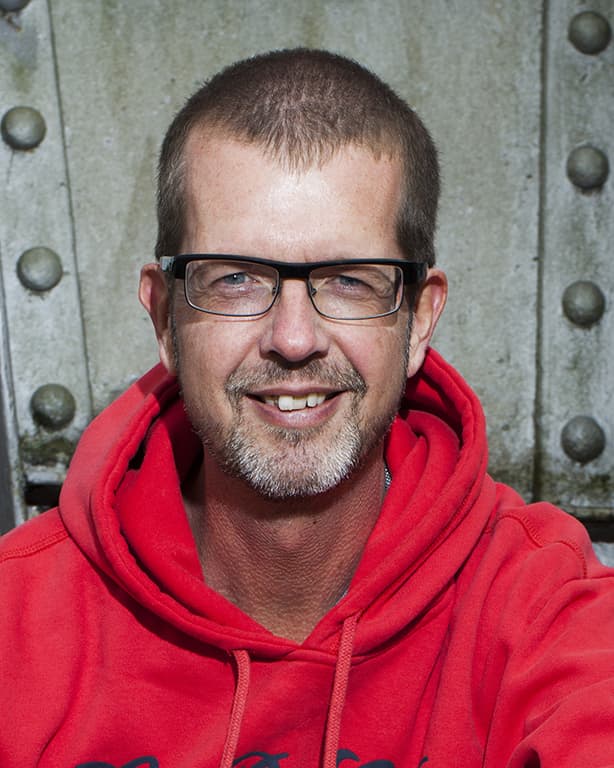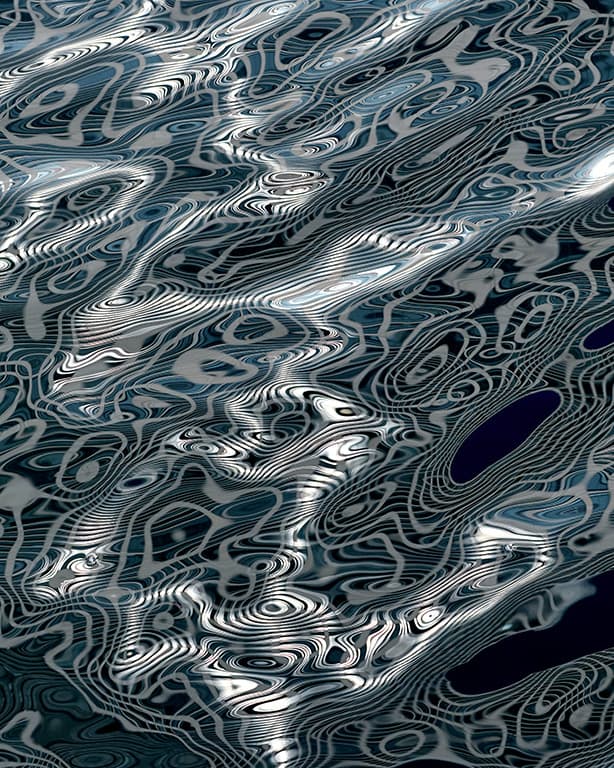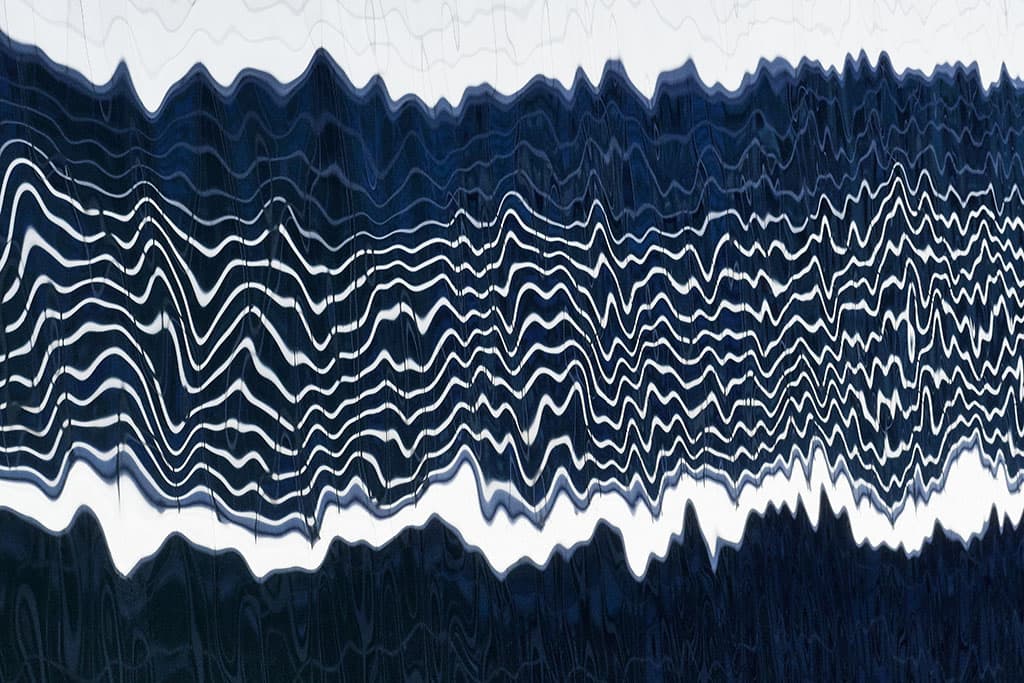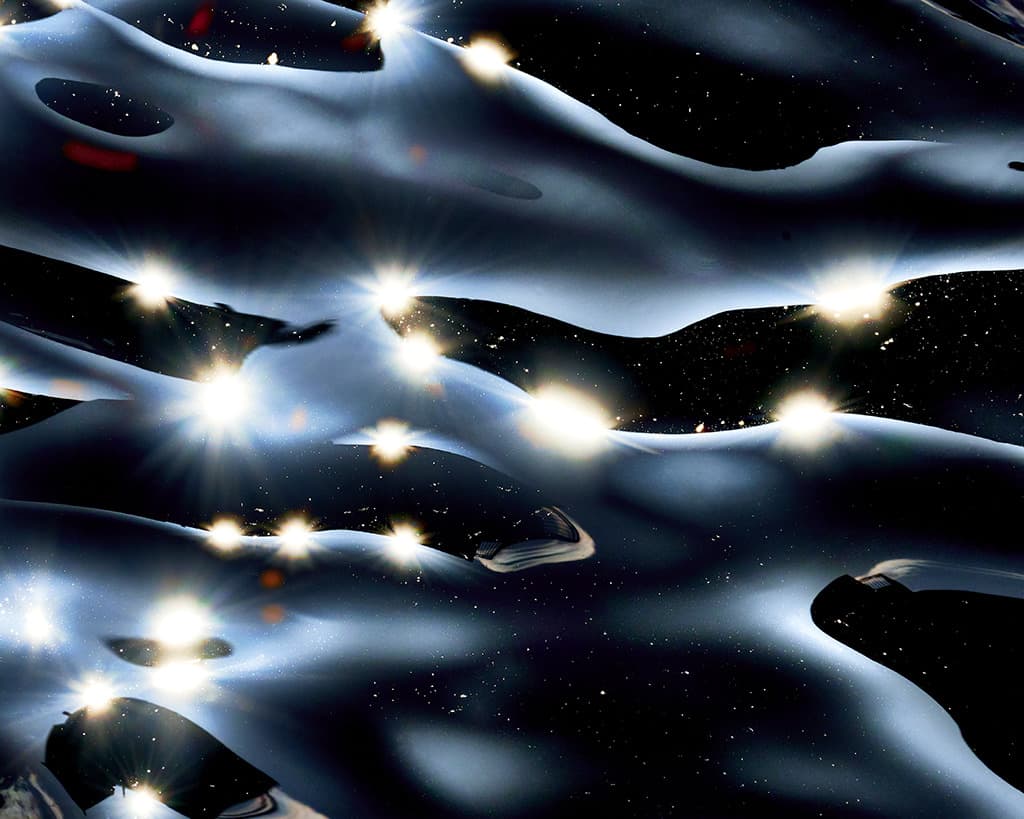Discover another world of abstract photography. All you need is a little creativity and a lot of patience – Mike Curry shares his technique

Your guide: Mike Curry
Mike has been a professional photographer for 39 years. His work has won awards in international photography competitions and has been published in the Sunday Times Magazine and Outdoor Photography magazine. In 2017 Mike had a book published by Triplekite Publishing named Fleeting Reflections. Mike is also a Fellow of the British Institute of Professional Photography. Visit www.mikecurryphotography.com
Have you ever noticed flashes of colours and shapes reflected in water and considered them not worthy of studying? Well, you may be surprised to know that they probably contain more detail and shapes than you could imagine, or actually even see with the naked eye.

Sunbeam. Nikon D500, 70-200mm, 1/400sec at f/8, ISO 800
In this article I will explain how, over the past nine years, I first captured my abstract Fleeting Reflections and how I refined the technique by incorporating my practice of meditation. I was invited to work on a commercial commission for Canary Wharf Group plc in 2012.
They were looking for a new angle on their iconic estate in London’s Docklands and approached me with a view to creating some images for their stock library. Given an access-all-areas pass and carte blanche to work all hours of the day and night in their estate, I had the freedom to visit whenever I could in between other jobs; being local was a real advantage.
It was a fantastic opportunity and a very flexible and open-ended brief, which is a photographer’s dream. As well as creating more standard stock images for them, I was expected to present them with images that surprised them.

Crossing: Nikon D500, 70-200mm, 1/250sec at f/8, ISO 800 3X in-camera multiple exposure
Change of perspective
Having taken most of the images I thought they would want, I started looking for something a bit different. Then, one day when it was sunny and still, I noticed a patch of blue on the water – it didn’t look much but I lifted up the camera to take a few snaps of it. I was astounded at what I captured and it looked like nothing I had seen before…. a riot of geometric shapes and colours and all captured in camera.
Something was triggered in my head, an enthusiasm and excitement for a possible new project. I have always thought that, for projects to resonate with you, they have to have deep roots somehow connecting things from perhaps your childhood, or your hobbies etc. Then I realised what the connection was.
I used to love playing with kaleidoscopes and Spirograph and found them very satisfying and relaxing to play with, keeping me occupied for hours. There was my connection, and I was hooked. Having attended the On Landscape conferences regularly, I had heard some wonderful speakers extol the merits of working locally and the importance of returning to the same spots often.
The idea being that unless you are enthused by a project, and it is easy to spend time on repeatedly, in a multitude of circumstances, it’s unlikely to flourish. So, I set about trying to create pieces that resonated with me – I firmly believe that producing images that you love through a process you find enjoyable is the most important thing, it shouldn’t matter to you what other people think of your work.

Pulsar Nikon D500, 70-200mm, 1/500sec at f/18, ISO 1250
Experimentation is key
Early experiments with Fleeting Reflections were a bit hit and miss. I tried various settings, locations and conditions until I finally hit upon a recipe for greater success. I worked out it was only really worthwhile setting out if the weather looked suitable (sunny and still) but, that if you plotted the likely number of days in the year when the weather conditions were sunny against my availability it showed there were very few chances to get any decent shots of the calibre that I wanted.
Once I hit upon this formula, I further refined the technique. Off the back of the right weather conditions, the task was to find some good reflections, and this is where being hyper-vigilant helped.

Crane: Nikon D500, 70-200mm, 1/125sec at f/8, ISO 2500
I would sort of notice something moving out of the corner of my eye most times. Your peripheral vision is more sensitive to movement, so that is no accident. I would do a test shot, as the patterns on the surface of the water move so quickly, experimenting with slow and fast shutter speeds until what appeared on the LCD was looking good.
Then the key to success I found was patience. Above all of the technical requirements to capture these reflection images, I think the overriding factor in creating successful images was as a result of my meditation practice which taught me patience and allowed me to ‘get in the zone’ and spend hours concentrating on the same spot.
I would often ‘snap out’ of such moments and instinctively knew then to stop and rest. So, if it is just one thing you learn from this article, let it be that patience really is a virtue when it comes to Fleeting Reflections.

Constellation: Nikon D500, 70-200mm, 1/1000sec at f/16, ISO 400 3X in-camera multiple exposure
Mike’s kit list
Nikon D500
Great AF point frame coverage and general fast performance.
Nikon 70-200mm f/4 lens
There’s no need for a fast lens when you are shooting with narrow apertures.
Memory card
Get the fastest and largest memory card you can afford.
Patience
Most of my published images were derived from three to four hours of solid shooting of one area averaging 2,000-4,000 shots.
Essential advice for better abstract reflections
Mike suggests finding a good place to get started before experimenting.
- Set exposure mode to Manual – f/8 and 1/500sec.
- Set ISO to auto with a minimum of ISO 800.
- Photograph handheld, never use a tripod.
- Don’t be tempted to use a polarising filter, as they kill reflection colours.
- Set exposure compensation around -3 to -5EV for very bright scenes.
- Use Highlight Weighted Metering if your camera supports it.
- Shoot in bright wind-free days in areas of non-tidal or still water.
- Experiment with in-camera multiple exposure for simpler scenes.
- Use continuous AF and auto area selection and high-speed continuous shooting mode.
- Leave White Balance on auto as it can often create unexpectedly good results.







